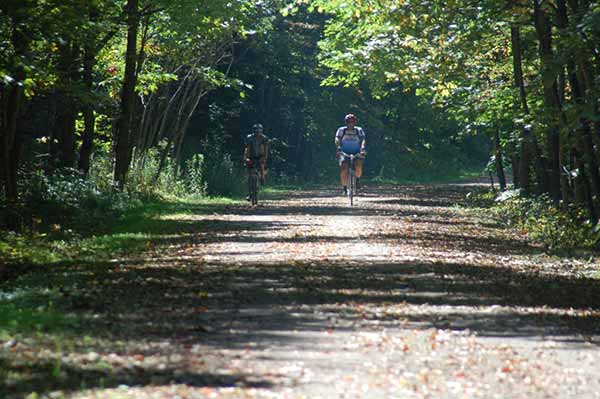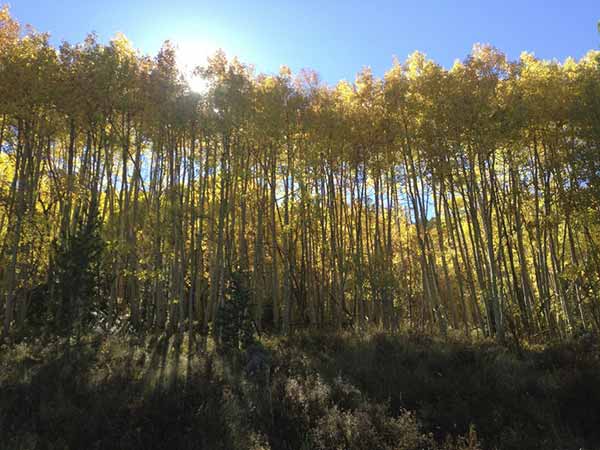Rail Trail railbanking explained
This article was produced by the rails-to-trails conservancy. This is a complete reproduction of their work. See the original article here. The rails-to-trails conservancy is the national voice for rails-to-trails and bicycle advocacy. Learn more about their mission, and consider becoming a member.
What Is Railbanking?
Railbanking is a method by which corridors that would otherwise be abandoned can be preserved for future rail use through interim conversion to a trail. Established in 1983 as an amendment to Section 8(d) of the National Trails System Act, the railbanking statute allows a railroad to remove all of its equipment, with the exception of bridges, tunnels and culverts, from a corridor, and to turn the corridor over to any qualified private organization or public agency that has agreed to maintain it for future rail use. This property transfer precludes abandonment.
The abandoning railroad has the right to re-establish rail service on a railbanked corridor. Should that occur, the trail-managing agency ordinarily is entitled to fair market compensation from the railroad that wants to re-establish rail service. However, to avoid disputes, this issue should be specifically addressed as a contingency in the initial contract with the abandoning railroad………………..
The remainder of this article can be found on the rails-to-trails conservancy website.
Why Railbank?
Railbanking equally benefits trail organizations, whose acquisition of the corridor might otherwise be vulnerable to ownership challenges. The lowered costs to the railroad as a result of railbanking should be a factor in negotiating a lower purchase price. In addition, trail managers are in a position to resist attempts by railroads to employ an “across the fence” valuation methodology that does not take into account the railroad’s inability to demonstrate fee simple title to the corridor.
To get an idea of how important this tool is to the preservation of many a rail trail, read these articles on the struggle that is happening on the Rio Grande Trail in the Glenwood Springs area of western Colorado. This rail trail is an important part of the fabric of this community, it is heavily used as a commuter trail between Glenwood Springs-Carbondale- Aspen. It is also a major tourism attraction, the 40 + mile corridor runs alongside of the Roaring Fork River and gives bikers access to parts of the valley that are inaccessible otherwise. To lose this trail would be a tragedy. You are able to see visit this trail on our Colorado Bike Tour, june provides amazing wild flowers, and the fall will blow you away with golden Aspens.
Rail Trail Tours Available
To experience these national gems, do it by bike. Bike touring gets you up close and personal with the natural landscape and the people who inhabit it. Slow down and enjoy the world from a bike seat. Rail trail bike tours are available on a number of the country’s longest trails. Join Wilderness Voyageurs on one of these tours where we take care of everything; lodging, meals, sag support and yes, even replenishing your water bottles.
Wilderness Voyageurs, is headquartered along the Great Allegheny Passage, 103 Garrett Street, Ohiopyle Pennsylvania 15470 800-272-4141



